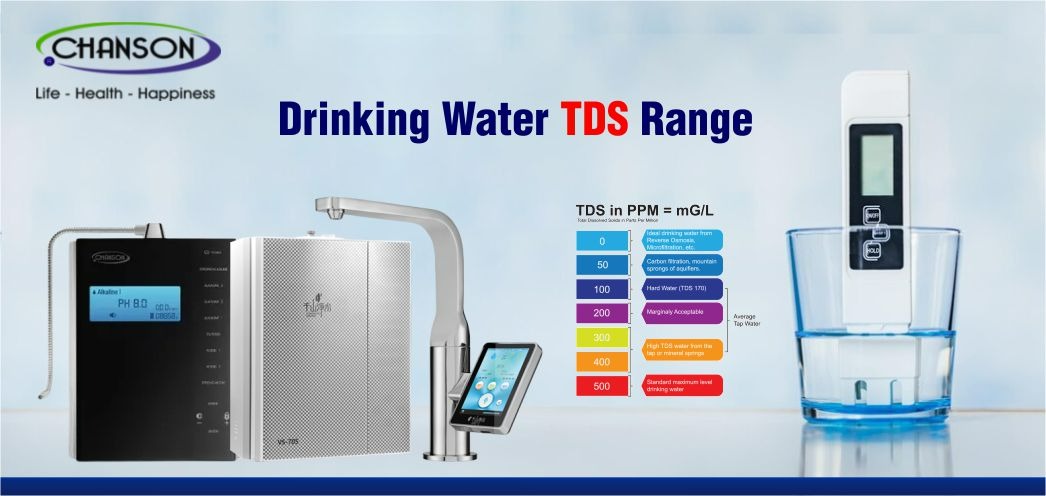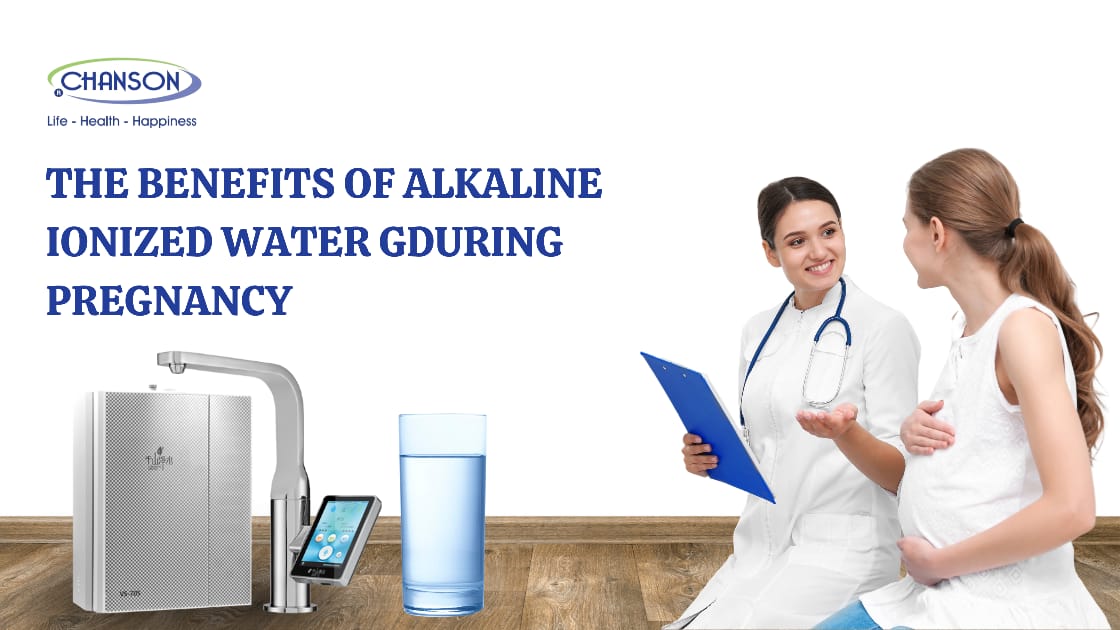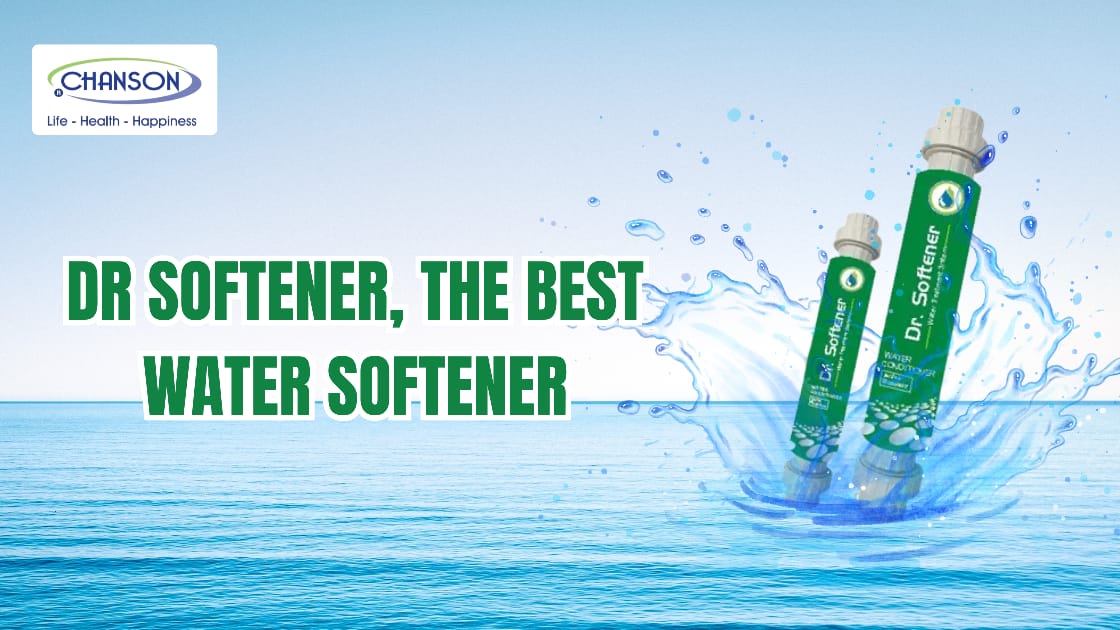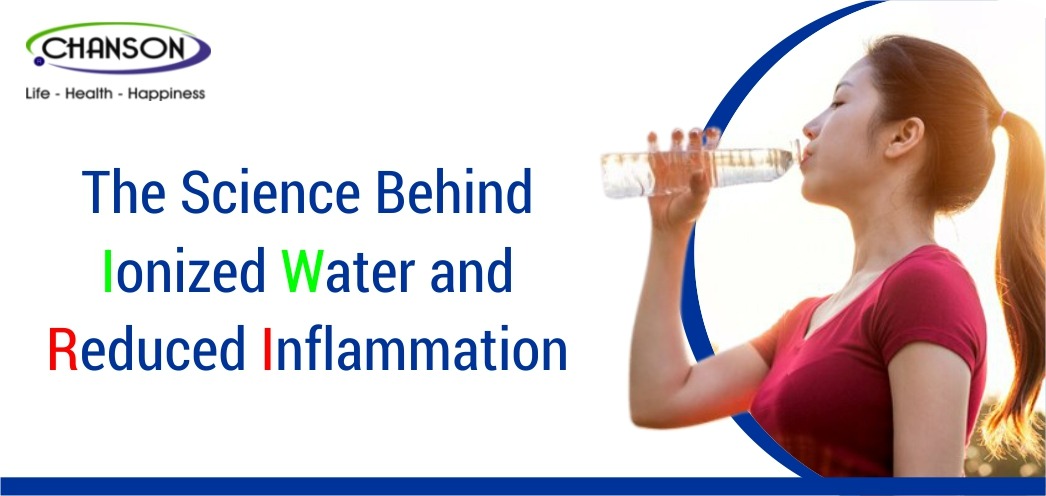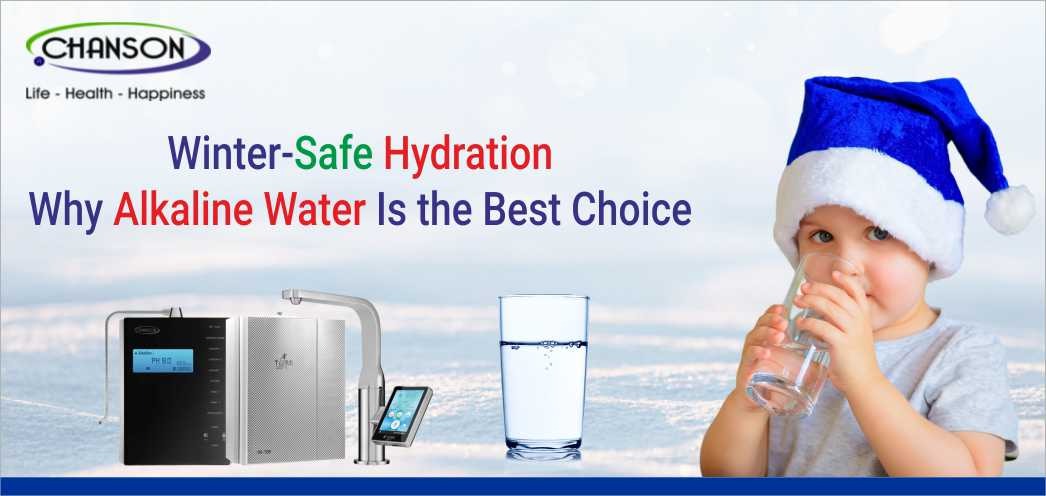Drinking Water TDS Range: Safe Levels, Measurement, and Solutions
Access to clean and safe drinking water is crucial for health and well-being. One of the key factors in determining water quality is its TDS, or Total Dissolved Solids, content. Understanding the drinking water TDS range is essential for ensuring that the water you consume is safe and beneficial. This post delves into the importance of TDS, the safe limits for drinking water, how to measure it, and practical ways to address high TDS levels.
1. Drinking Water TDS Range: What Is Considered Safe?
TDS refers to the amount of dissolved minerals, salts, metals, and other organic substances in water. These components are naturally present in water but can vary significantly based on the source. The "drinking water TDS range" typically falls into different categories based on the concentration of these dissolved substances:
● Low TDS (0-300 mg/L): Water with low TDS is often considered pure but may lack essential minerals.
● Moderate TDS (300-600 mg/L): Generally regarded as ideal for drinking, this range balances mineral content and purity.
● High TDS (600-1,000 mg/L): While not unsafe, water in this range may have a strong taste and could cause long-term health issues.
High TDS levels can affect the taste and appearance of water and may carry contaminants, while too low a TDS might lead to water that is too soft and lacks essential minerals. Ideally, water for drinking should fall between 300-500 mg/L for both safety and taste preferences.
2. Drinking Water TDS Limit: Understanding the Standards
Various organizations have established standards to regulate the acceptable TDS limit in drinking water:
● WHO Guidelines: The World Health Organization suggests that TDS levels should be below 600 mg/L for palatability, with 300-500 mg/L being optimal.
● EPA Standards: The U.S. Environmental Protection Agency (EPA) has set the maximum allowable TDS level for drinking water at 500 mg/L, but this is non-enforceable and primarily based on taste considerations.
Other regional standards may vary slightly, but the common consensus is that TDS levels under 500 mg/L ensure safety and quality. These limits protect consumers from potential health risks associated with high concentrations of harmful substances like heavy metals.
3. Effects of Low TDS Levels in Drinking Water
Water with low TDS levels, typically between 0-300 mg/L, is often considered pure but may lack essential minerals such as calcium, magnesium, and potassium that are beneficial for health. While consuming water with very low TDS is not harmful, it can lead to some drawbacks. First, the absence of these minerals can result in "soft" water, which might taste flat or bland. Over time, relying on low TDS water without sufficient mineral intake from other sources could potentially lead to mineral deficiencies, especially in areas where dietary intake of these elements is limited.
Additionally, low TDS water can be more aggressive, meaning it may absorb more contaminants from pipes and storage systems, posing a risk of contamination. For optimal taste and health benefits, a moderate TDS range (300-500 mg/L) is generally recommended.
4. Effects of High TDS Levels in Drinking Water
High TDS levels in drinking water, ranging from 600-1,000 mg/L or above, can have noticeable effects on both water quality and health. High TDS water often carries an unpleasant taste, which may be salty, bitter, or metallic, depending on the specific dissolved solids. This can make the water less palatable for everyday consumption.
From a health perspective, consuming water with high TDS over time may pose risks. Elevated levels of certain dissolved solids, such as nitrates, arsenic, or lead, can have serious health consequences, including kidney damage, hypertension, and other long-term health issues. Additionally, high TDS water may cause scaling in pipes and household appliances, reducing their efficiency and lifespan.
To maintain good water quality and avoid health risks, it's advisable to reduce TDS levels using appropriate filtration methods like reverse osmosis when they exceed the recommended limits for safe drinking water.
5. How to Use a Water TDS Meter for Accurate Measurement
A water TDS meter is a handy tool for measuring the dissolved solids in water. There are two main types: digital and analog. Digital meters are more accurate and easier to read. Here's how to use one:
● Calibration: Before testing, make sure the TDS meter is calibrated according to the manufacturer's instructions.
● Testing: Dip the meter's probe into a water sample. Ensure the probe is fully submerged for accurate reading.
● Interpreting Results: The meter will display the TDS level in parts per million (ppm). Compare the results to the recommended ranges for drinking water to assess its quality.
Maintaining the TDS meter by keeping it clean and recalibrating it regularly ensures accurate measurements over time.
6. The Impact of TDS on Drinking Water Quality
The concentration of dissolved solids significantly impacts the quality of drinking water. Water with a high TDS content often has a salty, metallic, or bitter taste and may appear cloudy. On the other hand, very low TDS levels can result in water that tastes flat or lifeless.
From a health perspective, excessively high TDS levels could contribute to kidney issues and hypertension over long-term consumption. In contrast, water with extremely low TDS may not provide enough essential minerals like calcium and magnesium. For instance, water with a TDS range of 300-500 mg/L is generally the most pleasant for drinking and offers a good balance of purity and minerals.
7. Addressing High TDS Levels: Solutions and Best Practices (H2)
If the drinking water TDS limit exceeds the recommended range, several methods can help lower the levels:
● Reverse Osmosis (RO) Systems: RO filters are one of the most effective ways to reduce TDS by forcing water through a semi-permeable membrane, and removing impurities.
● Distillation: This method involves boiling water and collecting the condensed steam, leaving behind dissolved solids.
● Water Softeners: Particularly useful for high mineral content, these devices can help reduce TDS in water by replacing calcium and magnesium ions with sodium.
To maintain low TDS levels, regularly testing your water with a TDS meter and using appropriate filtration systems are key practices.
Latest Blog
-
03 Jun 2025
The Benefits of Alkaline Ionized Water During Pregnancy -
03 Jun 2025
Dr Softener, the Best Water Softener -
27 Apr 2025
Alkaline water ionizer Your Insurance to Good Health and Longer Life -
19 Feb 2025
Prevent Bone Aches in Cold Weather with Alkaline Water: Essential Tips -
03 Feb 2025
Looking for Winter Wellness? Discover How Alkaline Water Strengthens Your Bones -
03 Feb 2025
The Science Behind Ionized Water and Reduced Inflammation -
22 Dec 2024
Winter-Safe Hydration: Why Alkaline Water Is the Best Choice

All Rights Reserved. © 2025 Centrepoint Lifestyle Products Pvt Ltd.

